
Officially the Republic of Korea, is the southern part of the Korean Peninsula surrounded by water on three sides. It is located at a geographically important position in Northeast Asia, neighboring Japan to the east and China to the west. Korea’s land space is 100,329km2 with a population of 50 million, a relatively high population density. Mountains cover 70% of Korea's land mass, making it one of the most mountainous regions in the world.
Korea has a mild climate with four distinctive seasons. The migratory anticyclones make for sunny and dry spring and autumn, whereas the country’s summer is heavily affected by the hot and humid North Pacific anticyclone. During winter, the effect of the continental anticyclone from the north keeps the country dry and cold.
The average yearly temperature in Korea ranges between 7 and 15℃. The average monthly temperature reaches its peak in August between 19.7 and 26.7℃. However, the temperature can exceed 33℃ on certain days. The country is the coldest in January, with an average monthly temperature ranging between -6.9 and 3.6℃, and snow and ice can be found anywhere across the nation. In spring and autumn, the weather is mostly sunny and pleasant with the average daytime temperature between 15 and 18℃, making the seasons perfect for outdoor activities or travels. Any season is the best season for your trip. For more details regarding weather,
please visit here.
| National Flag |  |
TaegeukgiThe Taegeukgi was first adopted as the national flag of the Joseon Dynasty in 1883, and has been used as the national flag since the foundation of the Korean Empire was proclaimed in 1897. A taegeuk is a circle of red and blue located at the center against a white background, with four black trigrams (gwae) placed in the four corners. The white background symbolizes brightness, purity, and peace. In contrast, the taegeuk symbolizes harmony between yin and yang (which, in the Eastern philosophy, represent the two contrasting aspects of energy that creates all beings in the universe), and the four trigrams (geon, gon, gam, and ri) represent the sky, the earth, water, and fire. |
|---|---|---|
| National Flower |  |
MugunghwaThe Mugunghwa (Rose of Sharon) is the national flower of Korea. The word “Mugunghwa” means “eternal blossom that never fades.” It is deeply associated with what is regarded as the most typical Korean characteristics: inwardness and tenacity. |
| National Anthem |  |
AegukgaKorea’s national anthem is Aegukga (The Patriotic Song). Its lyrics were written by numerous precursors, to which Ahn Eak-tai added a melody in 1935. It was officially adopted with the establishment of the government of the Republic of Korea in 1948. |
| Culture |  |
HanbokHanbok refers to traditional Korean attire. Koreans in the past used cloth, silk, hemp, ramie, and other materials to make clothes tailored to the distinct four seasons of the Korean Peninsula. A complete set of hanbok consists of jeogori, which covers the arms and the torso, a skirt or a pair of trousers, and durumagi, which serves as outerwear. With a snug fit and soft lines, the clothes give an elegant look overall.
Korean people in the past tended to prefer simple, white clothes, for which they were often referred to as the “white-clad people.” However, they would wear more ostentatious clothes with elaborate colors and designs depending on the period, status, and occasion. The clothes mainly featured five colors: white, black, blue, red, and yellow, collectively called obangsaek. Today, hanbok is more often worn for special occasions than as casual clothes, such as wedding ceremonies, children’s first birthdays, and seasonal holidays including the Lunar New Year’s Day and Chuseok. |
| Food |  |
Korea’s natural environment features mountains, plains, and seas in equal measure, contributing to the country’s diverse and unique culinary cultures. Korean food, or hansik, is characterized by a clear distinction between the main dish (rice, noodles, etc.) and the side dish (called banchan), diverse recipes, a balanced mix of animal and plant products, and refined fermented foods created with great care over long periods. The Korean people have also believed that food and medicine share the same origin, following the adage that “food is the best medicine.
Korean people in the past tended to prefer simple, white clothes, for which they were often referred to as the “white-clad people.” However, they would wear more ostentatious clothes with elaborate colors and designs depending on the period, status, and occasion. The clothes mainly featured five colors: white, black, blue, red, and yellow, collectively called obangsaek. “K-Food” has been taking the world by storm with its superb taste and benefits to health. The World Health Organization (WHO) described hansik as a superb culinary model with nutritional balance, with many researchers reporting that hansik prevents obesity and cancer. |
The center of Korea, Seoul offers everything to delight its visitors. From cutting edge technology and trend-setting culture to remarkable history and traditions, from shopping centers to beautiful nature, Seoul's attractions colorfully come together to engage all five senses.
From old to new, explore all that the city has to offer. Visit the best shopping districts, the top historical sites, and the places with the best views of the city skyline. Whether you prefer modern architecture or the charm of the royal palaces, there is something for everyone!
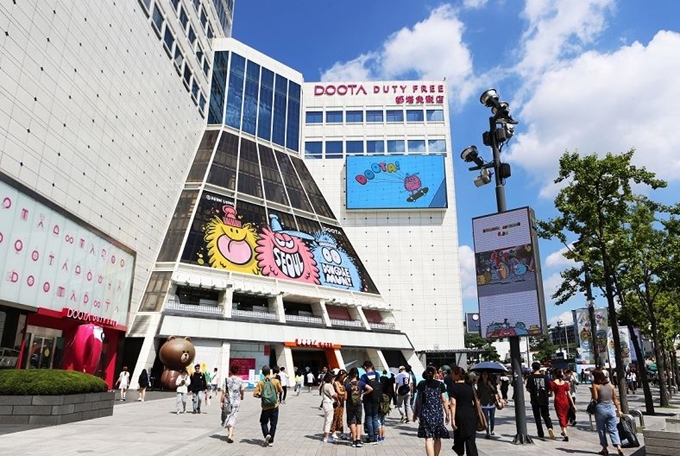 |
1. Dongdaemun MarketA huge shopping district where you can find almost anything! Read More |
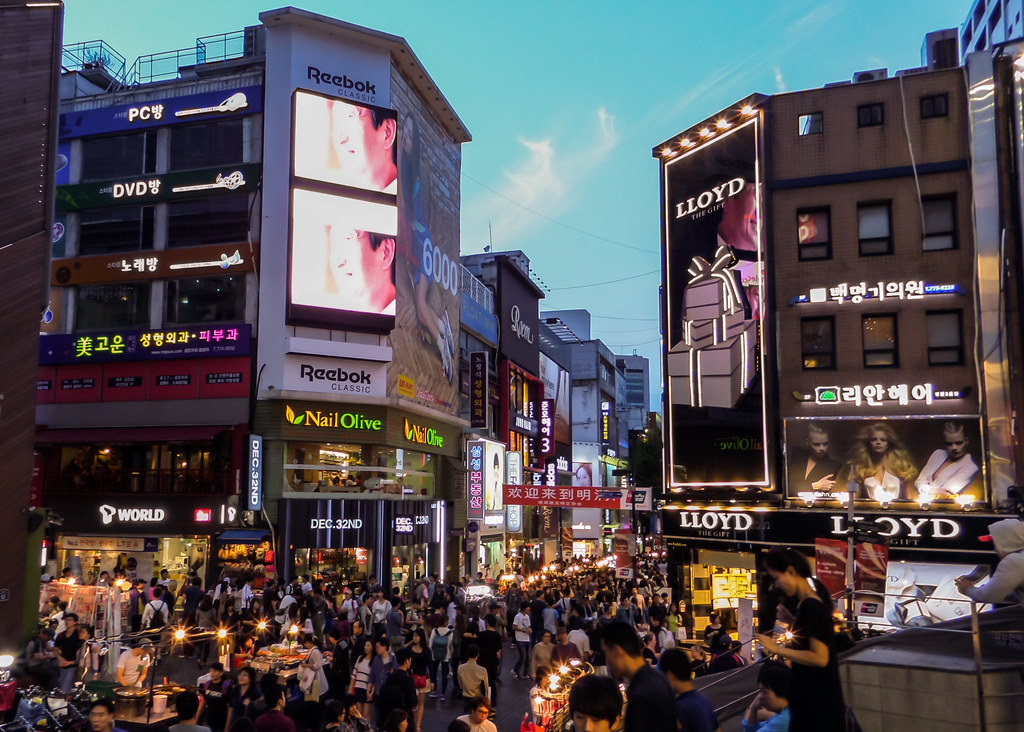 |
2. Myeong-dongA huge shopping district where you can find almost anything! Read More |
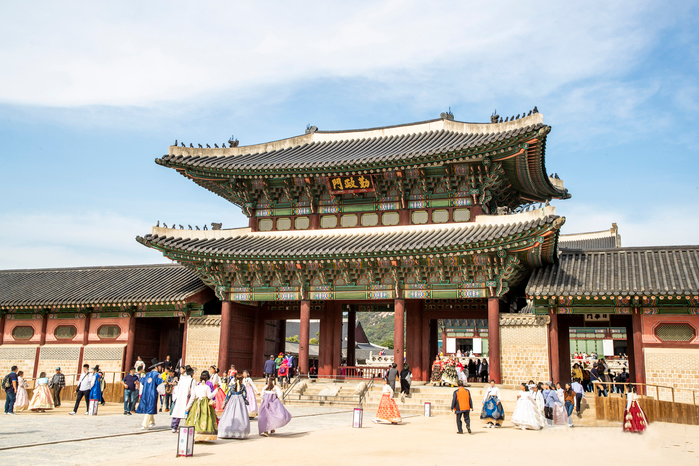 |
3. Gyeongbokgung PalaceThe first royal palace built during the Joseon dynasty. Read More |
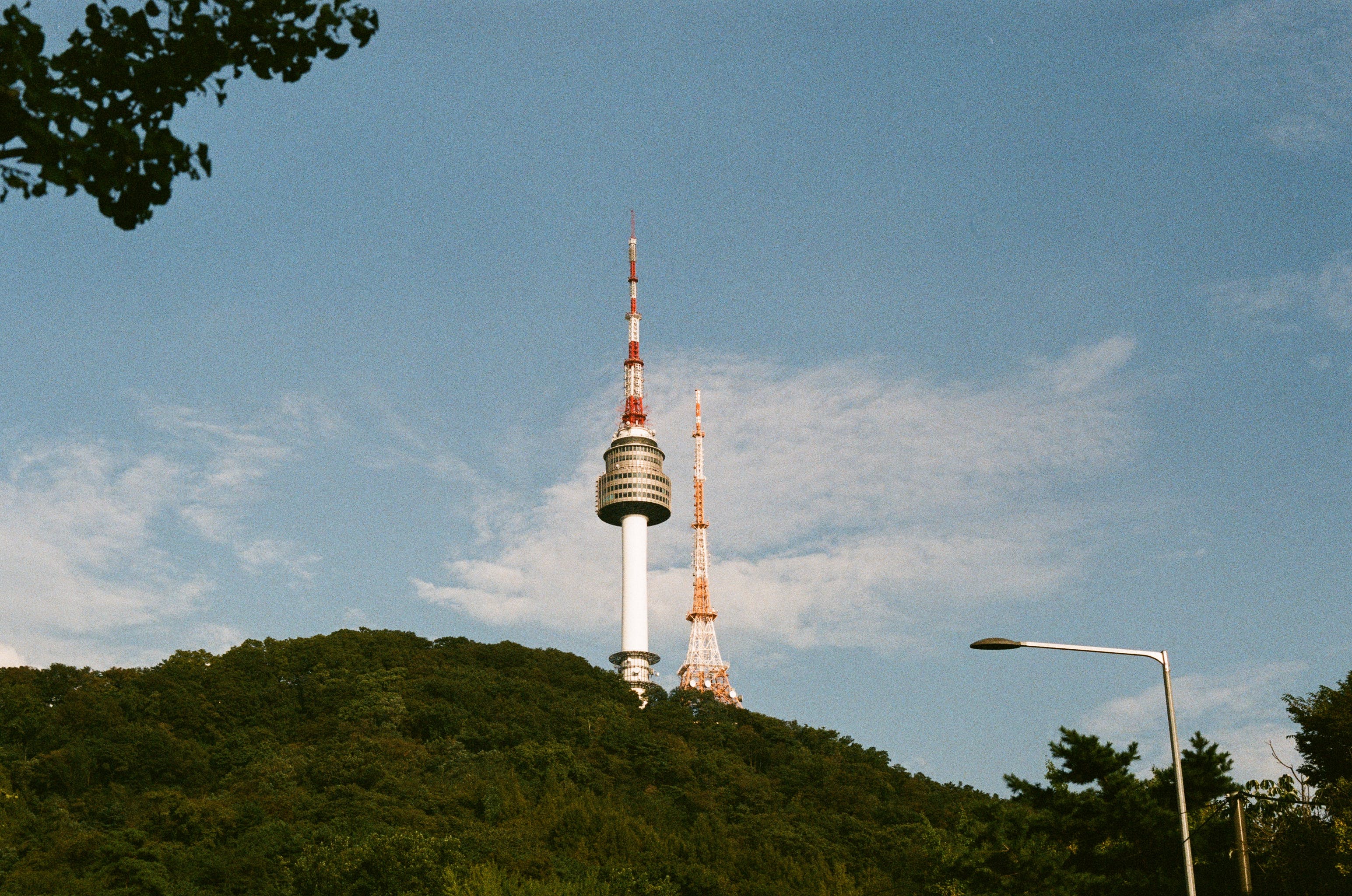 |
4. N Seoul TowerA huge shopping district where you can find almost anything! Read More |
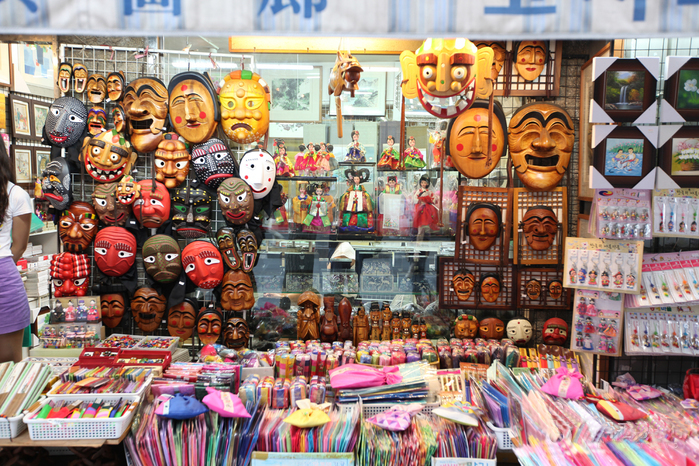 |
5. Insa-dongExperience Korea's traditional charm through food and shopping. Read More |
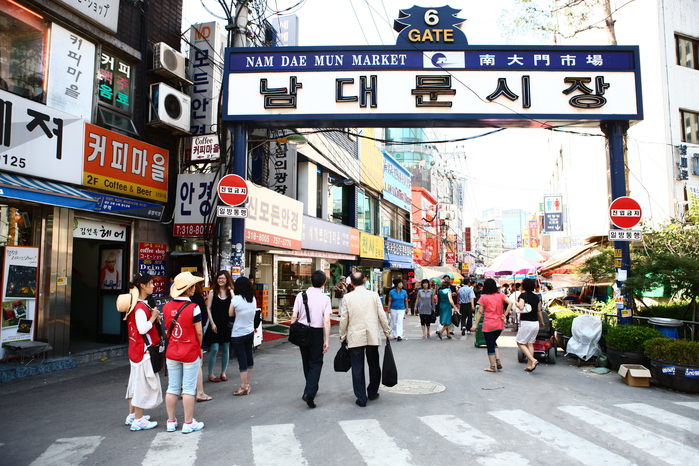 |
6. Namdaemun MarketThe largest traditional market in Korea with over 10,000 stores. Read More |
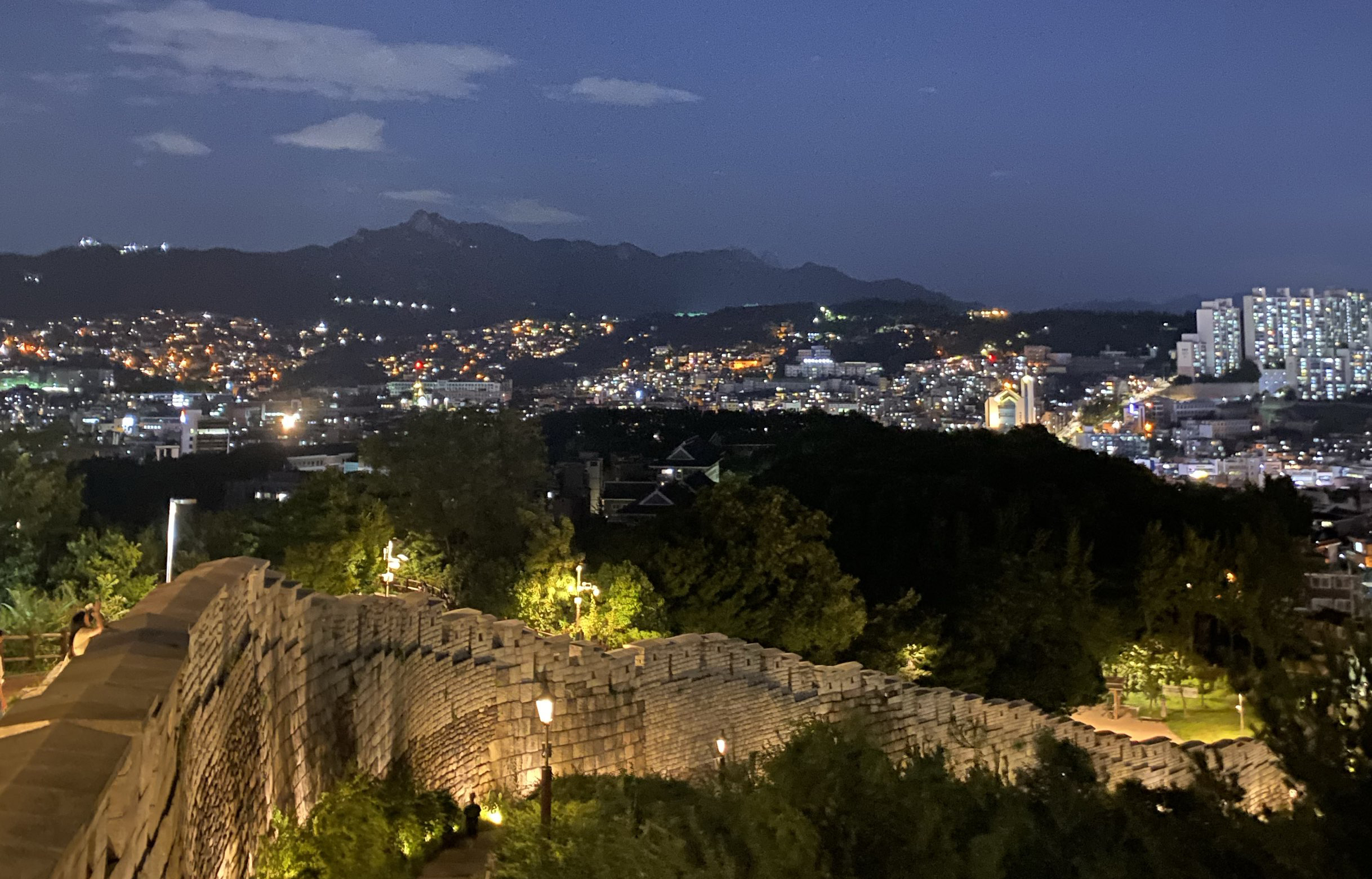 |
7. Seoul City WallOnce used as a fortress in the past, it is now a beautiful, scenic way to explore the city. Read More |
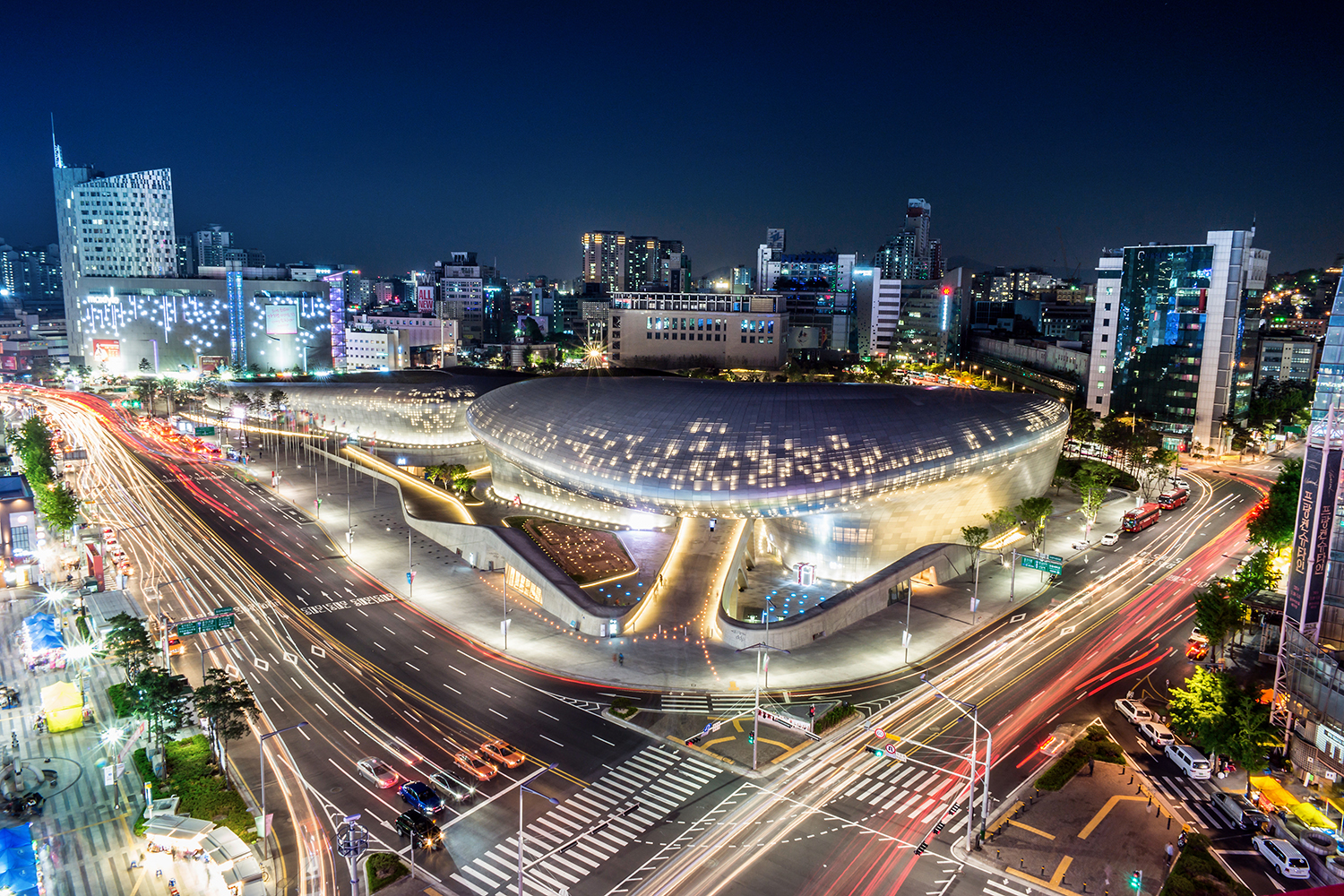 |
8. Dongdaemun Design PlazaBoasting amazing architecture, this space is used for the latest and hottest exhibitions in Seoul. Read More |
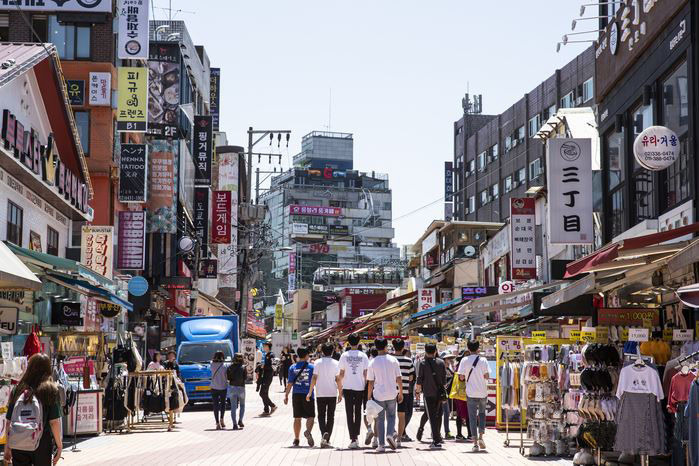 |
9. HongdaeMost energetic at night, Hongdae is known for its cafes, clubs, wall murals, fashion, underground music and art festivals. Read More |
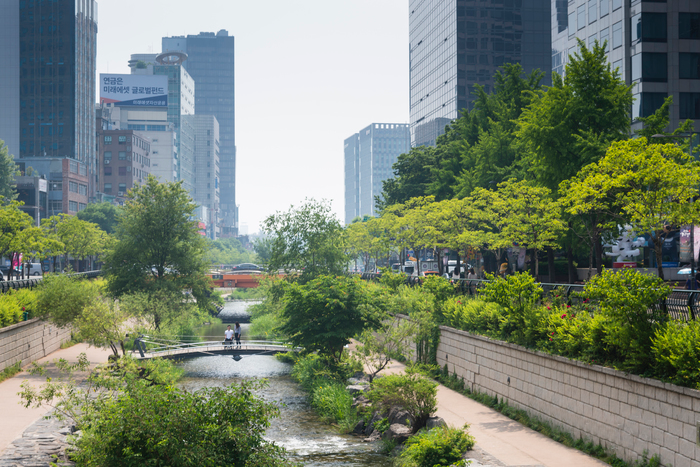 |
10. Cheonggyecheon (Stream)This long, modern stream runs 11 km long through downtown Seoul. Try dipping your feet! Read More |
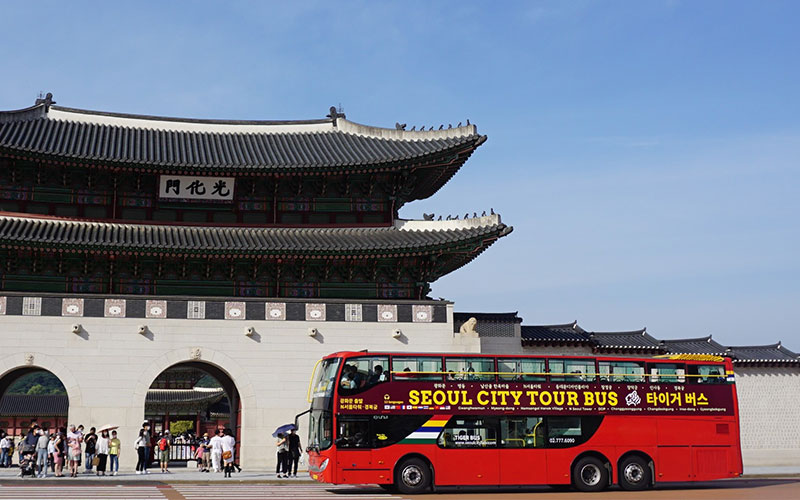 |
Seoul City Tour Bus offers a pleasant and comfortable tour of Seoul for foreign tourists.
|